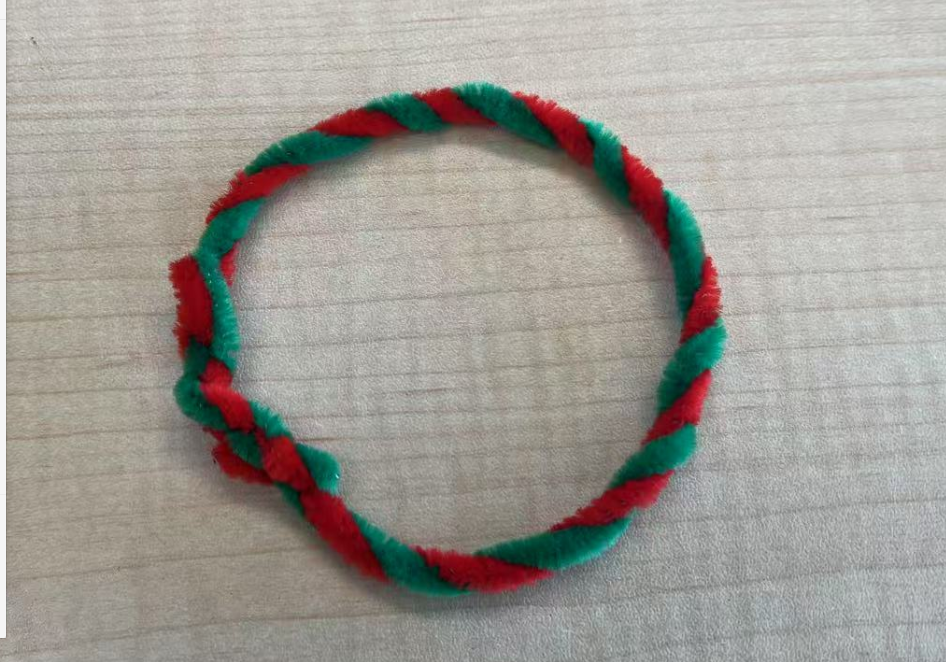My Teaching Philosophy
Education, to me, is not preparation for life, it is life itself. I believe the ultimate purpose of education is to help students grow into thoughtful, confident, and compassionate individuals who can apply what they learn to real-world situations. Influenced by John Dewey’s philosophy and shaped by my own teaching experiences in China and Canada, I believe education should be rooted in love, self-discovery, and practical relevance. In my view, learning should be meaningful, education should inspire, and teachers should guide—not control—the growth of each unique learner.
During my six years of teaching in China, I experienced an education system where success was narrowly defined by academic achievement and exam results. Students were often treated as passive containers, expected to absorb and repeat information. I do not agree with this approach, and after coming to Canada, I was inspired by a more student-centered and open educational philosophy. Here, I began to see the teacher’s role as a helper rather than an authority. While I still believe education should be results-oriented, I have redefined what “results” mean. They are no longer about grades, but about whether students graduate with the ability to think critically, solve problems creatively, and live with confidence and purpose. I view students not as blank slates, but as active participants. I reject cramming education and prefer an approach that fosters interaction, creativity, and personal connection. To me, education is not industry, it is agriculture. Just as a gardener nurtures each plant differently, I aim to guide each student according to their unique needs and pace.
I believe that education should be rooted in care, inclusiveness, and human dignity. As a teacher, I strive to create a classroom where love is the starting point, where students feel safe, valued, and inspired. True education awakens something within: “a tree shaking another tree, a cloud moving another cloud, a soul awakening another soul.” I also see education as a collective effort. Teachers, parents, and students must work together as a unified team to address challenges—not by blaming the child, but by understanding the problem. The goal of education is not simply to help students find good jobs, but to support them in becoming whole, fulfilled people. If education has an ultimate destination, I hope that both the beginning and the end of the journey are grounded in love.
My Teaching philosophy sculpture & artist statement

As a math teacher, I consider everything could be logically. As you seen, this ring is closed. For me, it means that not only math, but also our lives, are always a circle. We can always go back to the beginning. It also means my life philosophy, when you are confused, you messed up, you can always go back to the beginning, and it doesn’t mean you fail even though you go back to the beginning and re-started.
Then, as you see, my work has two colors, it means “positive number” and “negative number”. In math, we know that if we are talking about a positive number, you will always think about the negative number, which is a mindset. In life, same thing, whenever you have light, you will have shadow as well. A positive number plus a negative number is zero, it is very important that students have the “cancelling out” mindset in math. In life, same thing, we will always use positive things to cancel out the negative influence by other issues. Be positive to our life.
Reflection related to growth in Indigenizing your teaching practice over the program
I think my understanding of Indigenizing teaching has really grown during this program. At first, I honestly didn’t know how to bring Indigenous perspectives into my lessons in a meaningful way—I was worried about doing it “wrong.” But over time, through courses, discussions, and my practicum, I started to realize that Indigenizing isn’t just about content, but about how we teach, how we listen, and how we build relationships. I’ve learned to see the First Peoples Principles of Learning as something that can guide my everyday teaching, not just special topics. For example, I now try to slow down, make space for reflection, and connect learning to place and personal experience. I think I’ve also become more aware of my own role as a settler and what it means to teach on unceded territory. Moving forward, I know I still have a lot to learn, but I feel more confident in starting conversations, including Indigenous voices, and reflecting on how my teaching can support truth and reconciliation in real ways.